I recently conducted a workshop with General Assembly in Singapore and at the end of the workshop, a participant came up to me and asked: “How did you start workshopping? How does one begin?”
The question allowed me to recollect the informal way of how I began my workshopping journey and it got me pondering over the steps one could take to gain confidence from facilitating to leading, and eventually designing workshops.
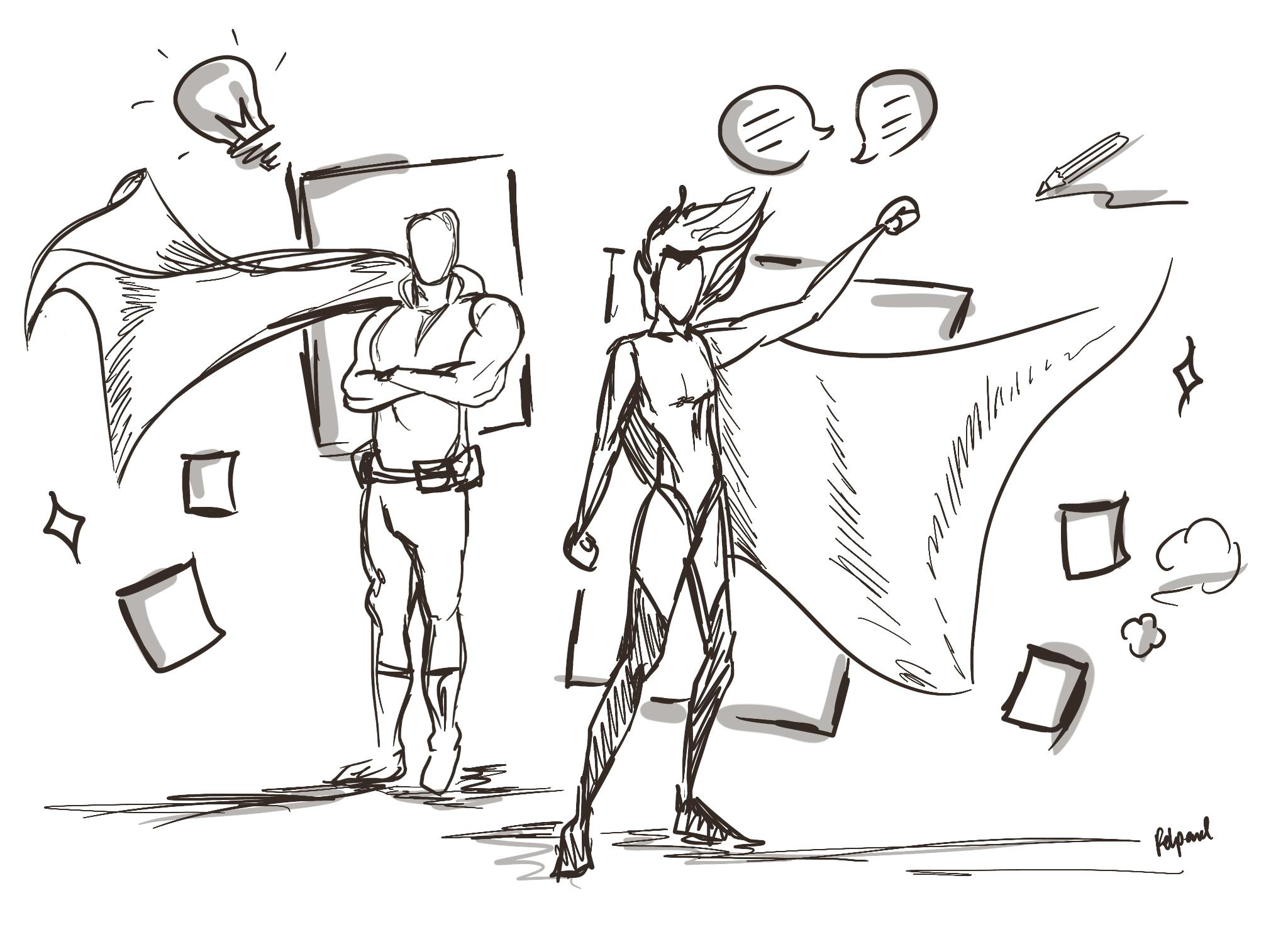
So let me tell you my story. When I was a young girl, I used to see my mum busying herself in the kitchen, whipping up an awesome meal for the family. I used to hang around near her and just observe what she was doing. I was also quite the chatty daughter so I’d fill the silence with “What are you cooking?”, “Why?”, “What is that?”, “Where does that come from?” You get the picture. What does this have to do with workshopping? Well, this leads into the first step of my workshopping journey.
Research and participate
This not only sparked the beginning of my interest, but till this day, continues to fuel it.

I began by understanding the landscape. A workshop is essentially a discussion space, so what other discussion spaces are there? Hackathons, talks, seminars, focus groups etc. I immersed myself in them by participating in these discussions to see what they were all about.
Some of the things I paid particular attention to were: the demographics of the attendees (understanding the audience), looking at what people were asking, what were they curious to know? How did the facilitators answer and what were the methods employed in their workshops? Also on the workshop sequence; how did they start and end? What was the workshop trying to achieve?
Then, retrospect. What topics were of interest to me? How did the facilitator or workshop lead engage the audience across their differing demographics? Did I think it was a successful workshop? Why? What would I do differently if given the chance?
Now that I had an idea of what it was, I wanted to know how it was done. How does one actualise a workshop? Hello, step 2:
Co-ordinate
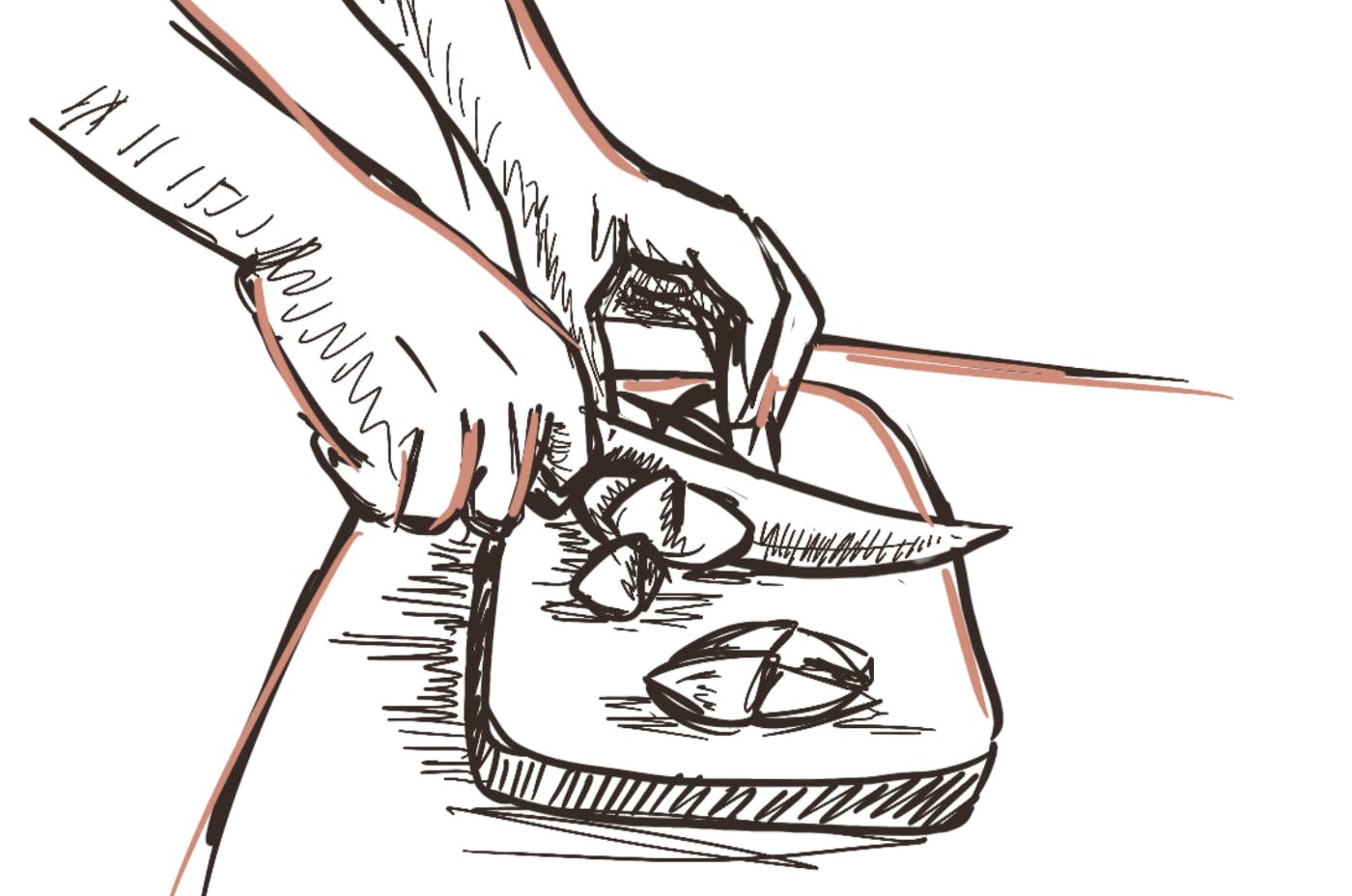
What were the physical building blocks? To cook, you need a few essential things such as a chopping board, pots and pans, utensils, a stove perhaps, and even a sink. This was the set up. For me, knowing the landscape was simply not enough, I had to get my hands dirty.
I wasn’t ready to be in front of an audience but I was sure I could learn a thing or two behind the scenes. So I got involved in workshops by helping out with the logistics. On hindsight, being a runner really helped me in planning workshops, and understanding why site recces are important and have a strong say in how the workshops are run.
Were there whiteboards? Could the walls be written on? Was there a monitor or projector to aid in visual presentation or would I have to dabble in visual facilitation (Bikablo style)? Were markers and post-its required or were we going digital? If so, how would the participants collaborate and share?
This part is intricate and every workshop will be different. But with practice comes experience, and you will know the things to look out and plan for. The setup has a strong say in how the workshop is organised. Know the set up, build your workshop.
But… that’s not enough is it?
“Nothing ever becomes real ‘till it is experienced.” — John Keats
So, it was time to get into the thick of it.
Facilitate
After lurking around in the kitchen observing, probing, and getting my mum the equipment she needed, I decided that I could move on to the next stage. I was going to help cook — cutting the vegetables, cleaning the meat etc. I began to understand why she would use certain spices over others and the different cooking methods: boiling, stir-fry, deep-fry, broiling, blanching, etc. This was when cooking started to become real for me.
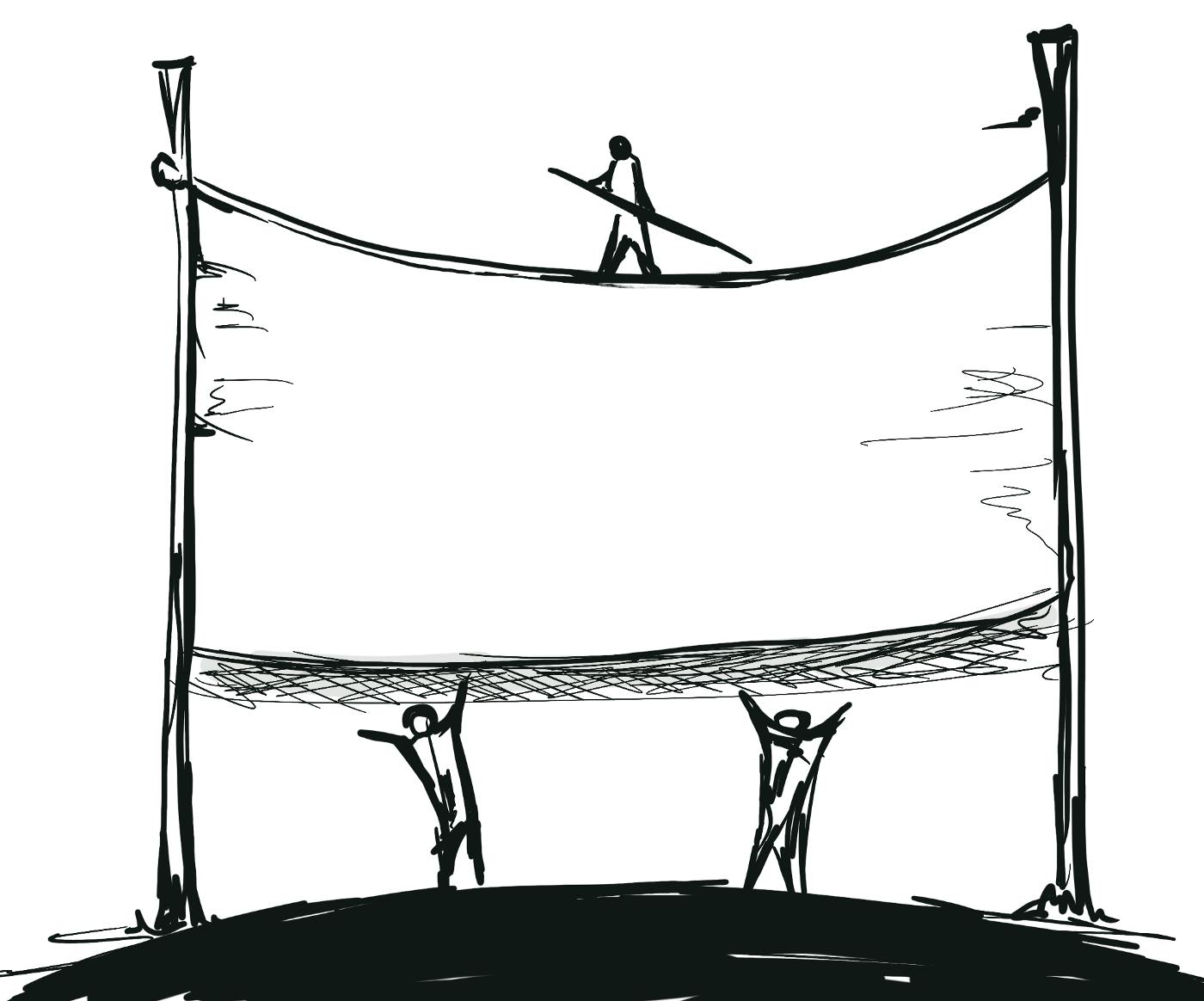
This was also true for workshop facilitating. I was still not ready to be in the limelight (total accountability) but that didn’t stop me from standing behind someone who was experienced and confident. I had a safety net. The hands-on practice allowed me to be exposed in the workshop but I was not totally accountable and responsible for the success of the workshop. I was learning, and I could observe the leads and ask questions that boosted my practical experience.
However, as I understood the activities and their objectives, I realised I could get involved as a facilitator. Facilitating affords intimacy with a smaller group within the workshop, and it’s more personal versus presentational. Most importantly, I could get feedback from my lead and peers, and I could begin sharing my experience with others.
After facilitating at workshops for a while, I knew I was ready for more. I was a workshop genius, I could lead a workshop now, yes?
Similarly, I wanted to put my cooking prowess to the test by cooking dinner for the family. I started with much excitement but after some taste tests, I realised my food wasn’t as great. I called my mum into the kitchen and she helped me to identify missing ingredients — the special touch that brought the flavours together.
We cooked the rest of the dishes together, with her as the head chef and I, the sous chef. I wasn’t the lead, but I was close. It was then that I realised that the next significant step would be to co-lead rather than lead a workshop immediately. Dinner was great by the way, thanks for asking.
Co-lead
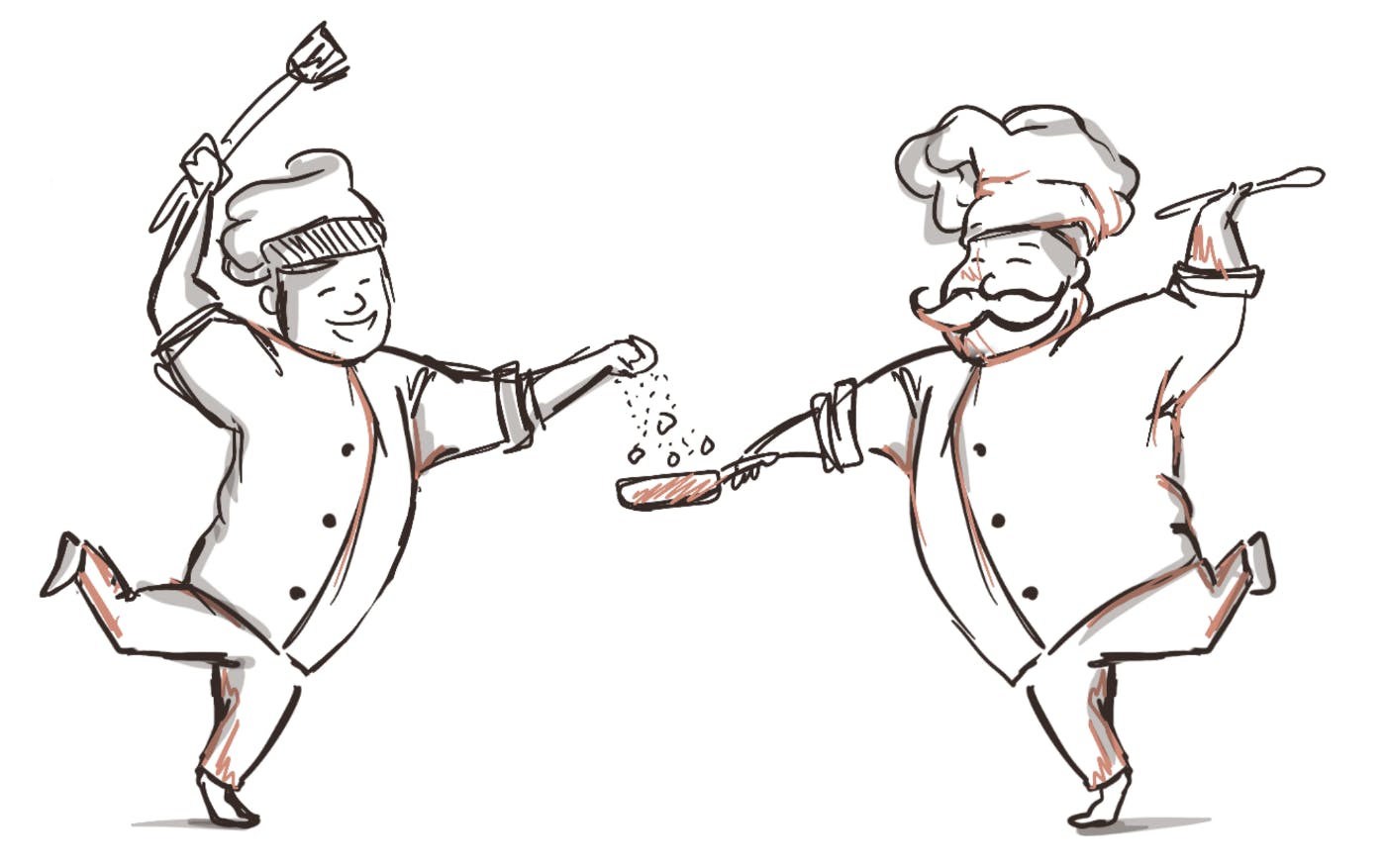
After a few rounds of facilitating, I was ready to emerge from the lead’s shadow. Although there was still a safety net, there was a stronger feeling of accountability and responsibility. I could take more ownership over workshop objectives and the outcomes we wanted. There was an added element of coordinating with stakeholders, and understanding their needs and their desired outcomes.
Together with the lead, I could come up with the activities and their objectives, and lead the workshop team towards the outcome/direction. I started to grow in confidence as I began to lead. Yet, I did not stop retrospecting on this new position, and actively seeking feedback from the team and workshop participants in order to improve.
Now, I felt that I was finally ready to be the head chef. (About time!)
Lead
With all the experience gained, now was the time to step out of my comfort zone. Not only did I have to lead the workshop, but also the team with me. Like the head chef, I was comfortable and excited to come up with my own recipes depending on the workshop objective. I could design the workshop with total accountability. I could sift through all the methods I’ve ever come across and select those that would best fit the workshop objective.
With stakeholders, I could plan on a strategic level as I could be privy to the wider goals of their organisation and how the workshop fits into the bigger picture. This includes advising based on the objectives of the workshop and high-level planning — how long should the workshop be, whether we would need to recruit specific workshop participants, and thinking about the potential activities that could marry well to fulfil the workshop objective.
With the team, I would crowdsource ideas and decide on activities, explain why some activities might work better than others, and pull on experience to look at a variety of factors. For instance, demographics of the workshop participants, workshop space and equipment, and the workshop team. I became more adept at fielding questions while also allowing space for the team to step up in this area. During the workshop, I would be able to make informed decisions to augment the workshop as it progressed (if need be).
But alas, this is a learning journey! Workshopping is a muscle. You’ve got to keep exercising it.
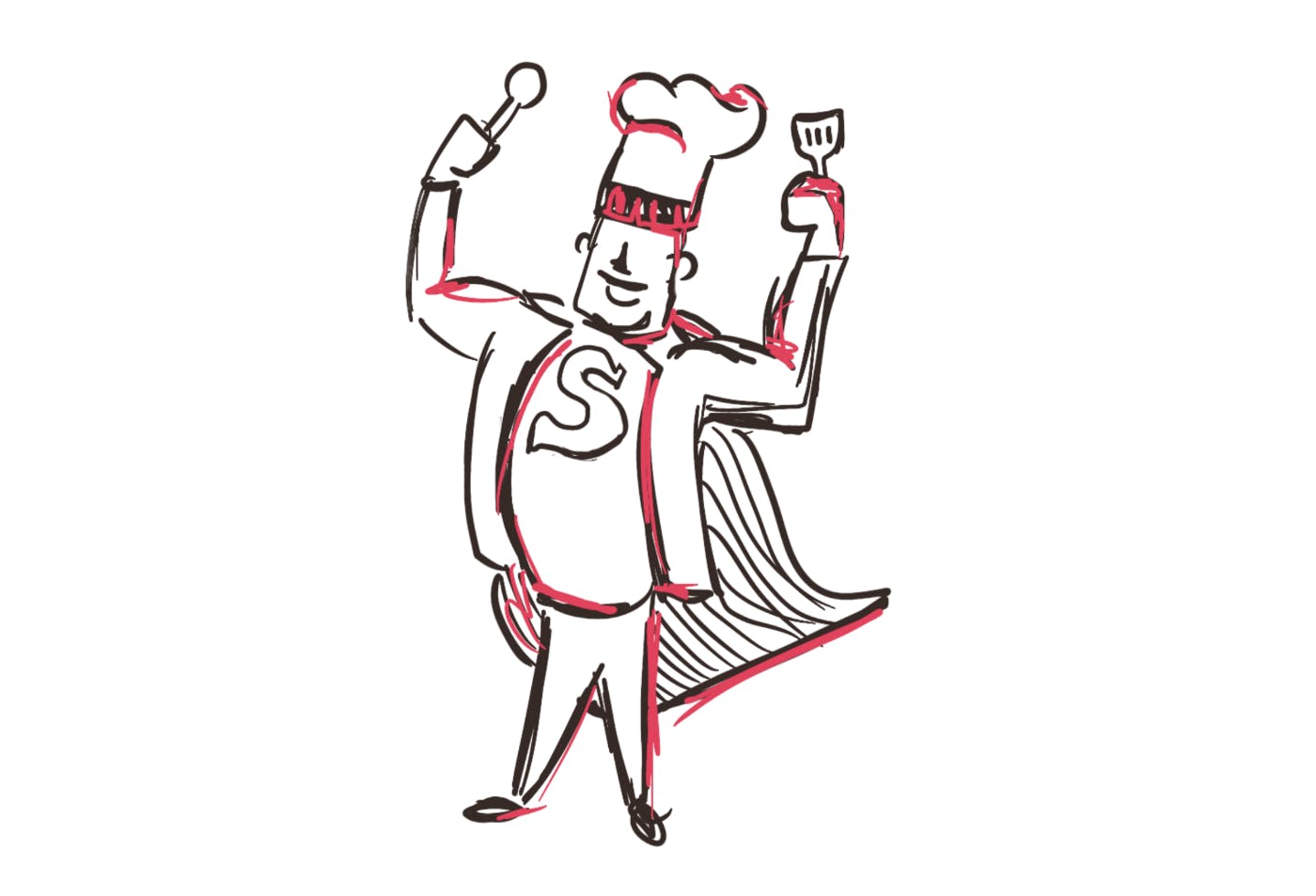
Repeat
If you progress through the stages but only think as a lead, there is a tendency for stagnation. Keep going back to the basics — research and participate, co-ordinate, facilitate etc. It allows you to stay up to date with the latest trends in workshopping while constantly flexing and honing your skill. Be in the know of new ideas, methods, and topics that are of interest.
Before ending off, I’ve thought to leave some pointers that I’ve gathered along my journey:
- When you are standing in front of people, there will always be the fear of failure. Acknowledge it and press on. You have something to share and an audience who is looking to receive.
- Don’t be afraid to get back to a question if the answer doesn’t come to you immediately. I find that introducing a “Parking Lot” in workshops where participants of the workshop can post questions at any point and you can subsequently review it helps a lot.
- Having good body language is ¾ of the battle won.
- You’ll always be learning. Adopt the appropriate attitude and nothing much will faze you.
- Check out the 7Ps Framework for Gamestorming, designed by James Macanufo. It’s such a good tool for planning workshops and meetings!
Alright, it’s dinner time. Gonna whip up some food! Till next time!
TL;DR
- Research and participate to understand the environment
- Coordinate to train flexibility in workshop-planning based on workshopping space
- Facilitate with a safety net under that tightrope
- Co-lead to gain confidence
- Lead to experience and train strategic thinking in the face of accountability
- Repeat for relevancy and proficiency

